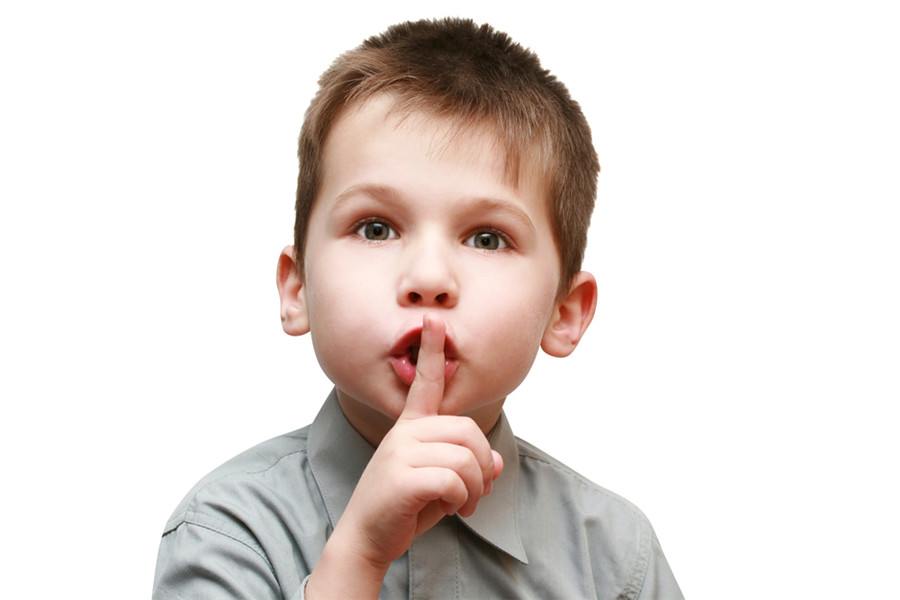
What about food poisoning in children?
1. Restrict drinking and eating
For most food poisoning, it is very important to restrict children’s eating and drinking water in a short period of time, and the disease can generally heal itself slowly.
Babies can generally tolerate not taking any food or water for 3-4 hours, while older children can tolerate 6-8 hours.
Step 2 Seal up food
Seal up the food your child has eaten to prevent more people from being victimized.
Step 3 Call for help as soon as possible
If the child does not relieve vomiting, diarrhea and other symptoms during the period of no diet, or other serious symptoms occur, such as the child’s unconsciousness, tenderness or tingling pain, dyspnea, etc.
You need to bring food that causes poisoning and call the emergency center for help immediately. The earlier you go to the hospital, the better for rescue and treatment.
Common Mistakes about Food Poisoning
1. Immediately induce vomiting after food poisoning
When food poisoning occurs, do not induce vomiting on your own. Vomiting may not only cause oral injury to your child, but also delay the rescue time of your child.
If the child is poisoned by accidental ingestion of poison, vomiting should not be induced, even if such advice is written on the container containing poison.
2. Refrigeration can sterilize
Low temperature can usually slow down the reproduction of bacteria, but just slowing down cannot fundamentally solve the problem. For example, bread and steamed bread will still grow mold when placed in the refrigerator. Some pathogenic bacteria in aquatic products such as fish and shrimp are not afraid of low temperature. Therefore, leftovers should also be thoroughly heated after being taken out of the refrigerator to kill microorganisms.
3. Adults can eat honey, and babies can also eat it.
Don’t let babies under one year old eat honey.
Honey contains Clostridium botulinum. Adults and older children have relatively mature intestinal tract development, which can inhibit the reproduction of this bacterium and avoid poisoning caused by botulinum toxin. The structure of intestinal flora of babies is very unstable. While eating honey, Clostridium botulinum will enter the intestinal tract of babies, producing botulinum toxin and poisoning babies.
4. Moldy food can be eaten after the moldy part is removed.
Some thrifty people often remove the moldy part and continue to eat the rest when they encounter moldy food.
Although the moldy part has been removed, the mycelium of the mold may have penetrated into the food. Therefore, the simplest way is not to judge the degree of mildew by yourself, but to throw it away directly.
How to prevent food poisoning?
1. Ensuring the safety of food sources
Do not buy or eat rotten, expired and unknown food, and do not eat sprouted potatoes, wild mushrooms, puffer fish and other foods that may contain toxic and harmful substances.
2. Food Making Process
- Keep the kitchen environment and tableware clean and sanitary. Meat and poultry are cut according to the consumption before freezing. Thaw thoroughly before cooking. Thoroughly heat food, especially meat, milk, eggs and their products, green beans, soya-bean milk, etc. Cook thoroughly. Cooked food and surplus food stored in cold storage and purchased cooked meat products should be thoroughly heated before eating. The central temperature of the food must reach 70 ℃ for at least 2 minutes.
3. Food Storage
- The cooked food should be eaten within 2 hours, and the unfinished food can be stored in the refrigerator at low temperature. Food should be stored in a sealed container, raw and cooked food should be stored separately, and fresh food and surplus food should not be mixed.
